If you’ve built up equity in your home, you might be wondering how to tap into it without selling. A cash-out refinance lets you do just that by replacing your existing mortgage with a new, larger one and taking the difference in cash.
In this Redfin article, we’ll explain what a cash-out refinance is, how it works, its pros and cons, and when it might make sense for you. Whether you’re renovating your home in Austin, TX or consolidating debt in Los Angeles, CA, understanding this financing option can help you make a smarter financial decision.
How does a cash-out refinance work?
A cash-out refinance replaces your current mortgage with a new loan that’s larger than what you owe. The difference between your old loan balance and the new one is paid to you in cash.
Example: If your home is worth $400,000 and you owe $250,000, you may refinance for $320,000. After closing costs, you’d receive roughly $70,000 in cash while your mortgage balance becomes $320,000.
Lenders typically allow you to borrow up to 80% of your home’s value, though exact limits vary based on your credit, income, and loan type.
Common uses for cash-out refinancing
Homeowners use cash-out refinances for many reasons, such as:
- Home improvements: Remodel a kitchen, add a bathroom, or make energy-efficient upgrades.
- Debt consolidation: Pay off higher-interest credit cards or personal loans.
- Education or medical costs: Fund tuition or cover unexpected expenses.
- Investments: Purchase an investment property or expand your portfolio.
- Emergency fund: Build financial flexibility with a safety cushion.
Cash-out refinance eligibility requirements
While exact requirements vary by lender, most look for:
| Requirement | Typical standard |
| Credit score | 620+ for conventional loans (higher for best rates) |
| Home equity | At least 20% after refinance |
| Debt-to-income (DTI) ratio | 43% or lower |
| Loan-to-value (LTV) ratio | Up to 80% (some VA loans allow up to 90%) |
| Seasoning period | Usually 6+ months since your last mortgage closed |
Types of cash-out refinance loans
Different loan programs offer cash-out refinancing options, each with unique eligibility requirements, benefits, and limitations. Here’s how the main types compare:
1. Conventional cash-out refinance
A conventional cash-out refinance is the most common type and is offered by private lenders without government backing. It’s typically best for borrowers with strong credit scores, steady income, and at least 20% equity in their home.
Key features:
- Borrow up to 80% of your home’s appraised value (loan-to-value ratio).
- Flexible loan terms, usually 15 or 30 years, with fixed or adjustable rates.
- No upfront mortgage insurance, though private mortgage insurance (PMI) applies if you borrow more than 80% LTV.
- Ideal if you’re looking for competitive interest rates and plan to stay in your home long enough to offset closing costs.
Best for: Homeowners with strong credit and at least 20% equity who want a simple, low-cost way to tap home equity.
2. FHA cash-out refinance
An FHA cash-out refinance is insured by the Federal Housing Administration (FHA), making it easier to qualify if your credit score or equity is lower. However, FHA loans include mortgage insurance premiums (MIP), which increase the total cost.
Key features:
- Minimum credit score of 620 (though some lenders may approve lower).
- Borrow up to 80% of your home’s value, based on appraisal.
- Requires both upfront and annual mortgage insurance regardless of equity level.
- Must have lived in the property as your primary residence for at least 12 months.
Best for: Homeowners who don’t qualify for conventional loans due to credit or limited equity but still want to access home equity for repairs, debt consolidation, or major expenses.
3. VA cash-out refinance
A VA cash-out refinance is backed by the U.S. Department of Veterans Affairs and designed for eligible service members, veterans, and surviving spouses. It’s one of the most flexible options available, allowing qualified borrowers to tap up to 100% of their home’s value.
Key features:
- Borrow up to 100% LTV – the highest of any refinance program.
- No private mortgage insurance (PMI) required.
- Can be used to refinance any existing loan type into a VA loan, not just an existing VA loan.
- Must meet VA service eligibility and occupancy requirements (the home must be your primary residence).
Best for: Eligible veterans or active-duty service members seeking to refinance or access home equity with favorable terms and no PMI.
Pro tip: If you’re eligible for both FHA and VA loans, compare closing costs, insurance premiums, and rate options. VA loans usually have lower overall costs, while FHA loans can be easier to qualify for.
How much does a cash-out refinance cost?
Like your original mortgage, a cash-out refinance comes with closing costs, typically 2% to 5% of the new loan amount. These fees cover the administrative and legal expenses involved in issuing the new mortgage.
Common closing costs include:
- Loan origination fee: Charged by the lender to process your new mortgage (usually 0.5%–1% of the loan).
- Appraisal fee: The lender requires a new home appraisal to confirm current market value.
- Title search and insurance: Ensures clear ownership and protects the lender in case of title disputes.
- Credit report and underwriting fees: Cover the lender’s costs to verify your creditworthiness and finalize approval.
- Recording fees and taxes: Charged by your local government to record the new mortgage.
You can pay these costs upfront at closing or roll them into your new loan balance, though doing so slightly increases your monthly payment and total interest paid over time.
Example: If you refinance into a $300,000 mortgage with 3% in closing costs, you’ll pay about $9,000 in fees. If you roll them into the loan, your new balance becomes $309,000.
Cash-out refinance vs. home equity loan vs. HELOC
| Feature | Cash-out refinance | Home equity loan | HELOC |
| Structure | Replaces your existing mortgage | Adds a second loan | Revolving line of credit |
| Interest rate | Usually fixed | Fixed | Variable |
| Payout | Lump sum at closing | Lump sum | Withdraw as needed |
| Best for | Large, one-time expenses | Predictable costs | Ongoing or uncertain expenses |
Pros and cons of a cash-out refinance
Pros
- Lower interest rates: Mortgage rates are often lower than personal loan or credit card rates.
- Simplified payments: Replace multiple debts with one monthly payment.
- Potential tax benefits: Mortgage interest may be tax-deductible if used for home improvements (consult a tax advisor).
Cons
- Closing costs: Typically 2%–5% of the loan amount.
- Reset mortgage term: Extending your term could increase total interest paid.
- Risk of foreclosure: Your home secures the loan; missed payments could put it at risk.
When does a cash-out refinance make sense?
A cash-out refinance might be worth it when:
- You can secure a lower interest rate than your current mortgage.
- You need funds for high-ROI home improvements.
- You want to consolidate high-interest debt into one lower-rate payment.
However, it’s less ideal if your new rate is higher than your existing one, or if you plan to sell your home soon, since closing costs can outweigh short-term benefits.
>>Read: Should I Refinance My Mortgage?
Alternatives to a cash-out refinance
If you’re not sure a cash-out refinance is right for you, consider:
- Home equity loan: Keeps your existing mortgage intact and adds a second fixed-rate loan.
- HELOC (Home Equity Line of Credit): Offers flexible withdrawals as needed.
- Personal loan: Unsecured option without touching home equity.
- Credit card 0% APR offers: Short-term financing for smaller projects.
>>Read: How to Calculate Home Equity
Frequently asked questions about cash-out refinance
1. Can I do a cash-out refinance with bad credit?
It’s possible, especially with FHA loans, but you’ll likely pay higher interest rates and need more equity.
2. How long does a cash-out refinance take?
Typically 30–45 days, depending on lender processing, appraisal, and documentation.
3. Does a cash-out refinance affect taxes?
Generally, cash received isn’t taxable, but mortgage interest is only deductible if funds are used for home improvements.
The post What Is a Cash-Out Refinance and How Does It Work? appeared first on Redfin | Real Estate Tips for Home Buying, Selling & More.



